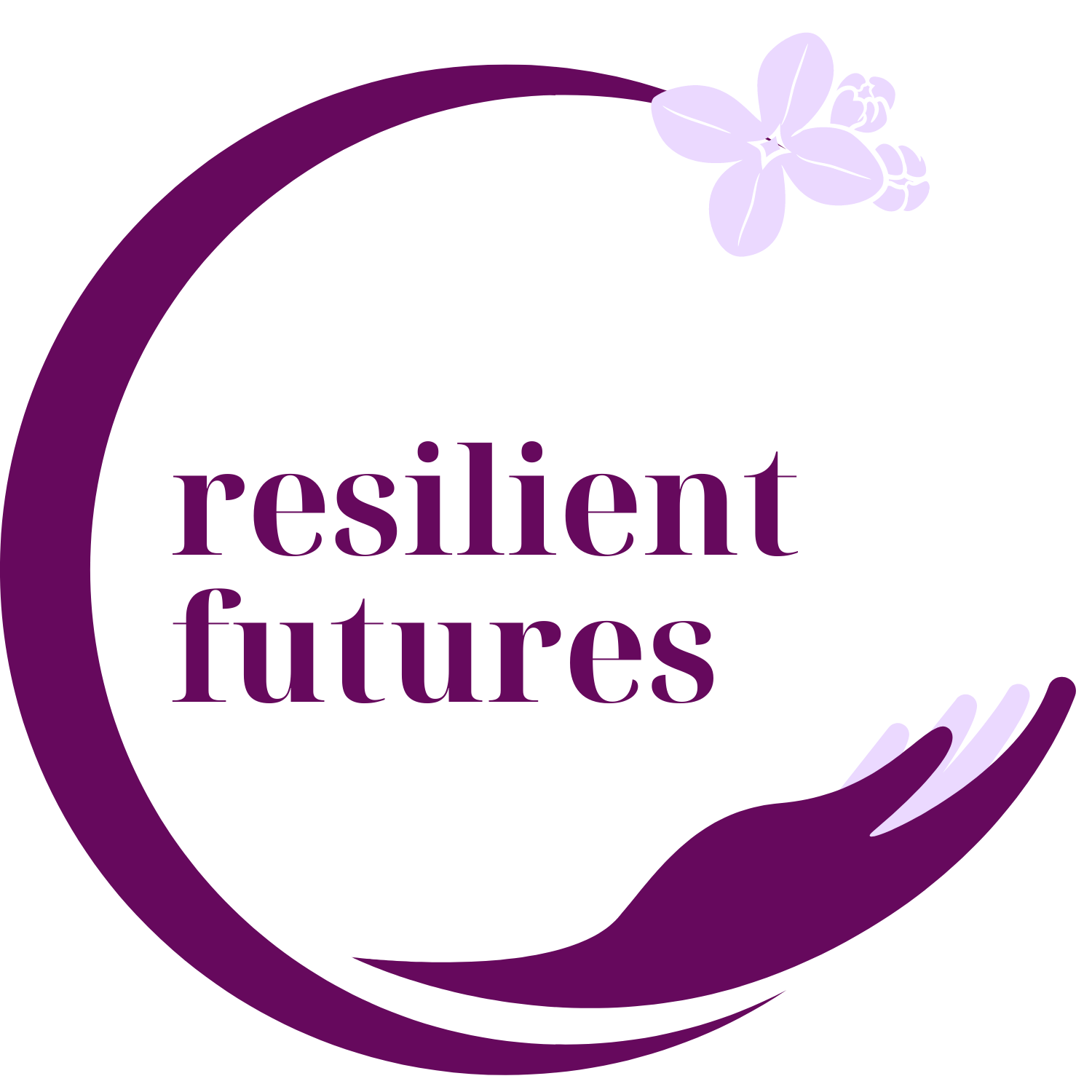Trauma-Informed Teaching: Supporting Students during the Holidays
The holiday season is often depicted as a time of joy and togetherness, but for many children, it can be a period of increased stress and emotional upheaval. Students from dysfunctional or trauma-impacted homes may experience amplified feelings of loneliness, anxiety, or instability, making it difficult to focus or thrive in school. For educators, employing trauma-informed teaching practices during the holidays can foster a sense of safety, inclusion, and community, offering much-needed support to students who may lack this at home.
Sign up to read this post
Join Now
